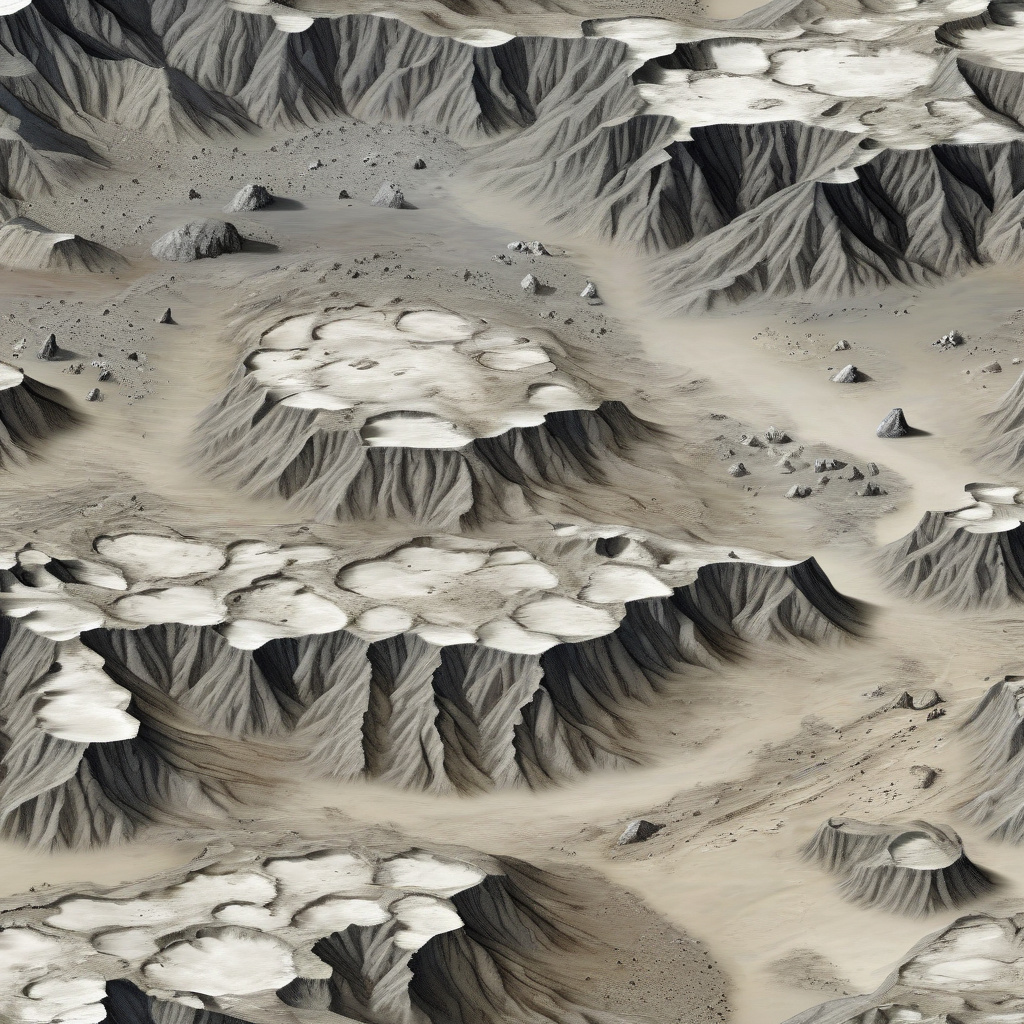Chinese scientists detect 41 new lunar landslides, mostly triggered by moonquakes
Chinese researchers have discovered evidence of active landslides on the surface of the moon. According to a recent study published in the journal “Nature Communications,” scientists from the Chinese Academy of Sciences have detected 41 previously unknown lunar landslides, shedding light on the geological activity of Earth’s celestial neighbor.
The study reveals that these landslides were primarily triggered by moonquakes, which are seismic activities caused by the gravitational interactions between the Earth and the moon. Unlike earthquakes on Earth, moonquakes are not caused by tectonic plates shifting but rather by the gravitational forces exerted by the Earth and the sun.
By analyzing high-resolution images captured by the Chinese National Space Administration’s Chang’e 2 lunar orbiter, researchers were able to identify distinctive landslide features such as scarps, which are cliff-like landforms created by the collapse of the lunar surface. These findings indicate that the moon is still geologically active, with ongoing processes shaping its rugged terrain.
The discovery of these new lunar landslides not only advances our understanding of the moon’s geology but also has implications for future lunar exploration missions. Identifying areas prone to landslides is crucial for ensuring the safety of astronauts and spacecraft landing on the moon’s surface.
Moreover, studying lunar landslides can provide valuable insights into the history of the moon and its evolution over billions of years. By examining the distribution and characteristics of these landslides, scientists can piece together the geological events that have shaped the moon’s surface and interior.
This research also highlights the importance of international collaboration in space exploration. While the Chinese scientists were the first to identify these new lunar landslides, their findings contribute to the global scientific community’s knowledge of the moon and its geological processes. Collaborative efforts among researchers from different countries can lead to more comprehensive discoveries and a deeper understanding of the universe beyond our planet.
As we continue to unravel the mysteries of the moon and other celestial bodies, each new discovery brings us closer to unlocking the secrets of the universe. The detection of 41 previously unknown lunar landslides by Chinese scientists is a testament to the power of curiosity, innovation, and international cooperation in advancing our knowledge of the cosmos.
In conclusion, the recent findings of active lunar landslides triggered by moonquakes represent a significant breakthrough in lunar research. By studying these geological phenomena, scientists can gain valuable insights into the moon’s history, geology, and ongoing processes. As we look to the future of space exploration, discoveries like these pave the way for further exploration and discovery beyond Earth’s boundaries.
moon, lunar, landslides, moonquakes, Chinese scientists












